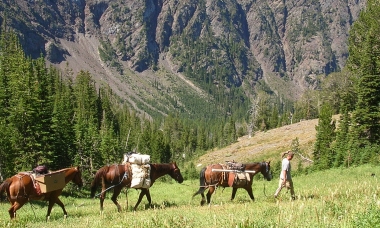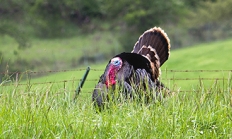
Search myodfw.com
Enjoy wildlife art, wine, and music at the ODFW Art Show and Duck Pond Cellars' Conservation Cuvee - Lot 5 wine release party.
23145 Hwy 99W, Dunde, OR


Cole Rivers Hatchery is the largest producer of hatchery fish on the coast of Oregon. Almost all of the fish production at Cole Rivers is done to mitigate for the fish production that was lost when miles of high quality fish habitat was blocked by Applegate Dam (Applegate Reservoir) and William Jess Dam (Lost Creek Reservoir).
Protecting and enhancing Oregon’s fish and wildlife, and the habitats they use, for the use and enjoyment of present and future generations is at the heart of what we do.


Updated January 2, 2025 Subscribe for updates

Sea turtles are federally protected under the Endangered Species Act of 1973. NOAA Fisheries is responsible for conservation and recovery of sea turtles in the marine environment, while the U.S. Fish and Wildlife Service is lead on conservation and recovery of sea turtles on nesting beaches.

Help Greenbelt Land Trust monitor non-native turkeys at the Bald Hill Farm Conservation Area near Corvallis.
Bald Hill Farm Conservation Area, Corvallis

Oregon has one species of kingfisher, the raucous Belted kingfisher and 12 woodpecker species. Six woodpeckers are Oregon Conservation Strategy Species of management concern and in need of conservation. Famous for their hammering and hole drilling, woodpeckers might decide your home looks like a good place to set up shop. Learn how to discourage this on our Living with Wildlife, Birds page.

This group of animals is common throughout Oregon in various locations depending on species. Oregon just has one marmot, the yellow-bellied marmot and two of its squirrels are on the Oregon Conservation Strategy Species list: the Washington ground squirrel and the Western gray squirrel. Check our Living with Wildlife, Tree Squirrels page for tips on preventing conflicts, trapping, species status and recommended conservation actions.


The majestic trumpeter swan is the largest of our native waterfowl and one of the heaviest flying birds in the world with males sometimes exceeding 30 pounds. Historically hunted to the brink of extinction, it was recognized as an endangered species long before there was an Endangered Species Act, and its recovery is a conservation success story. The adult's snow-white plumage with contrasting black bill and feet and 8-foot wingspan define this magnificent bird. Their neck is as long as their body and is used to reach food at the marsh bottom. In spring, the trumpeter swan is a locally

This group of mammals includes the American marten, fisher, and wolverine which are all Oregon Conservation Strategy Species.

Each fathom line, conservation area, and marine reserve is defined by a connecting series of waypoints (latitude and longitude). The waypoints are used for regulatory enforcement, while maps are provided for visual reference.
Oregon has two sea lion species and three seals. The Steller sea lion, Northern elephant seal and Pacific harbor seal are Oregon Conservation Strategy Species.

Coyotes, wolves and foxes are found throughout Oregon, depending on the species. The gray wolf, kit fox and Sierra Nevada red fox are Oregon Conservation Strategy Species. Report a wolf sighting

